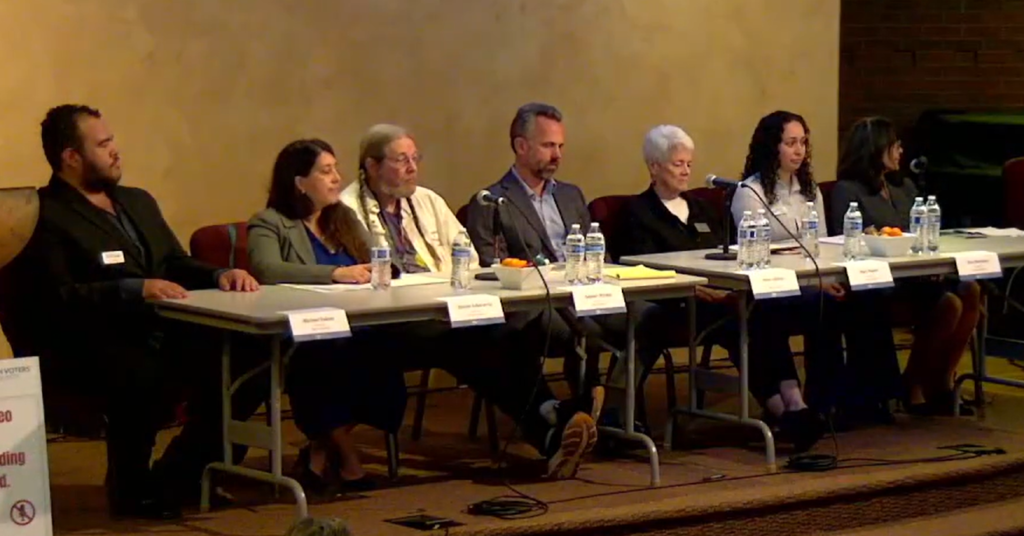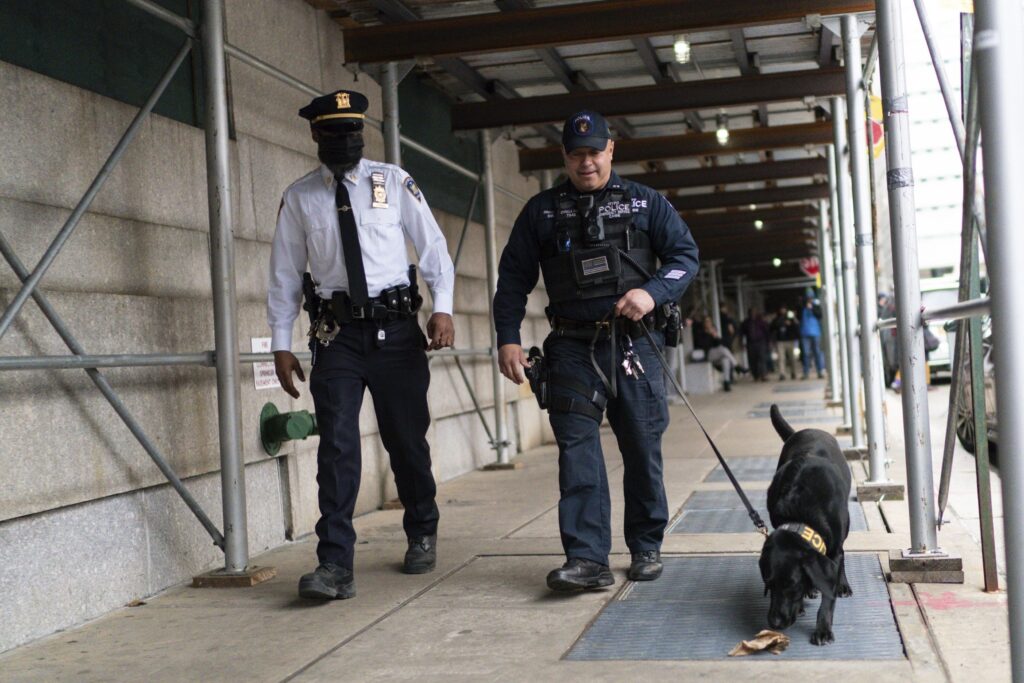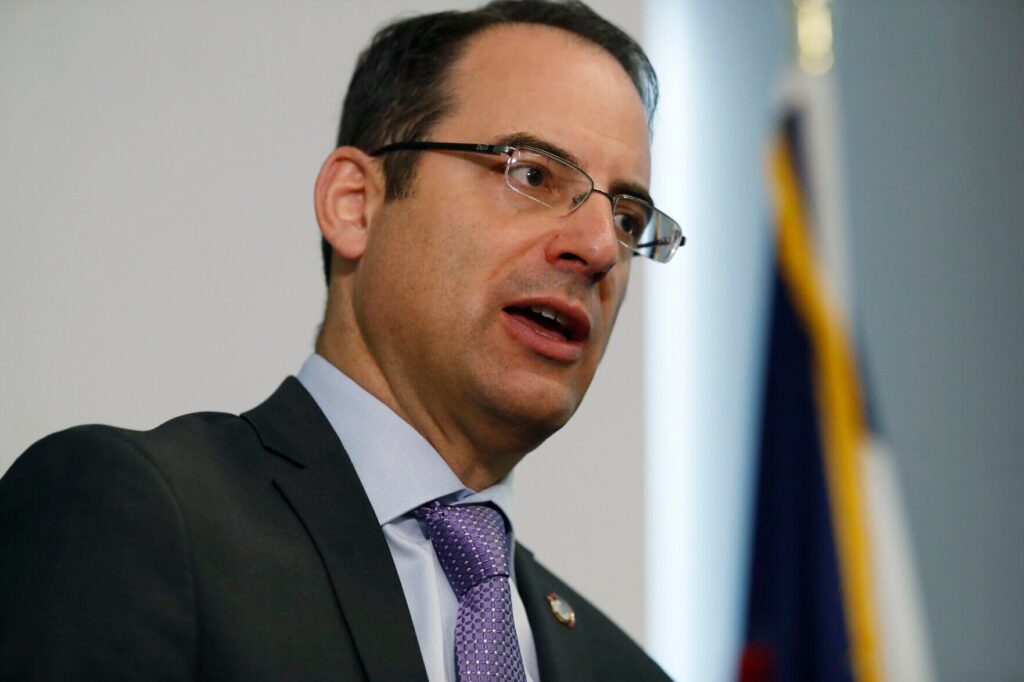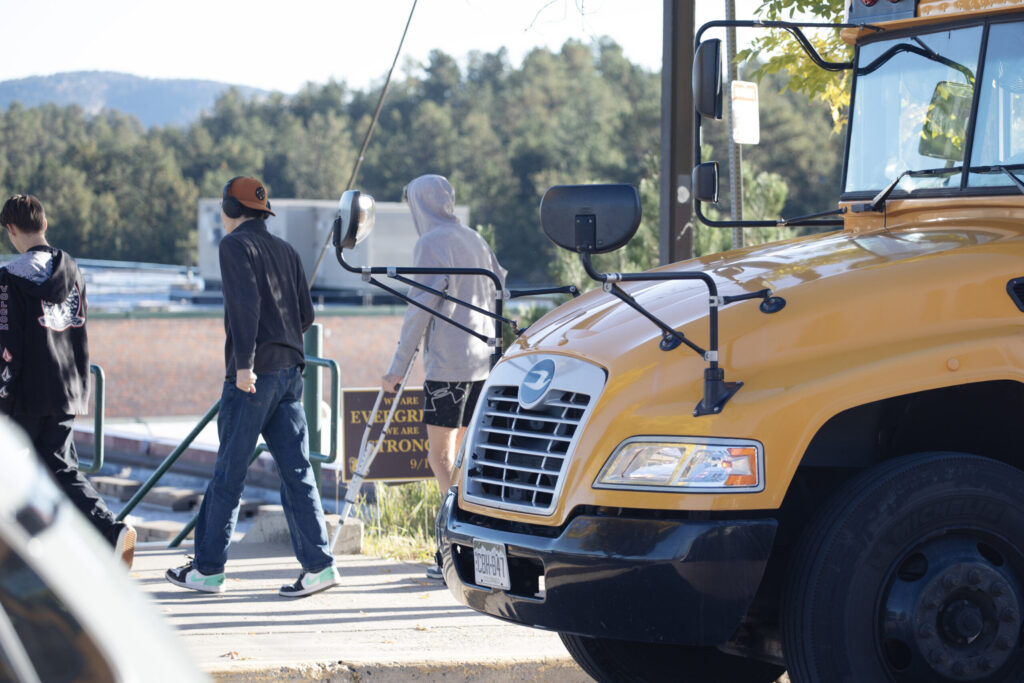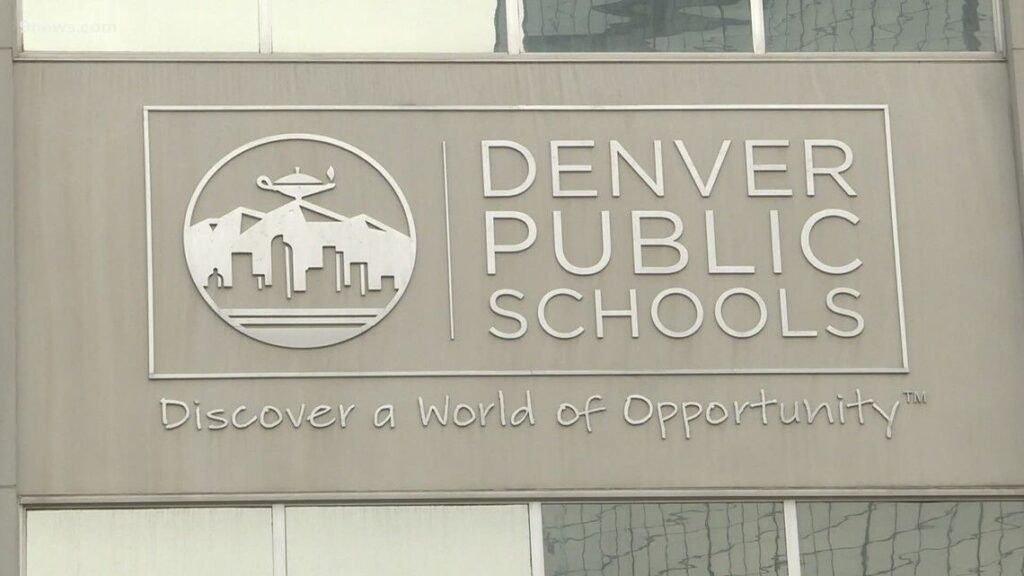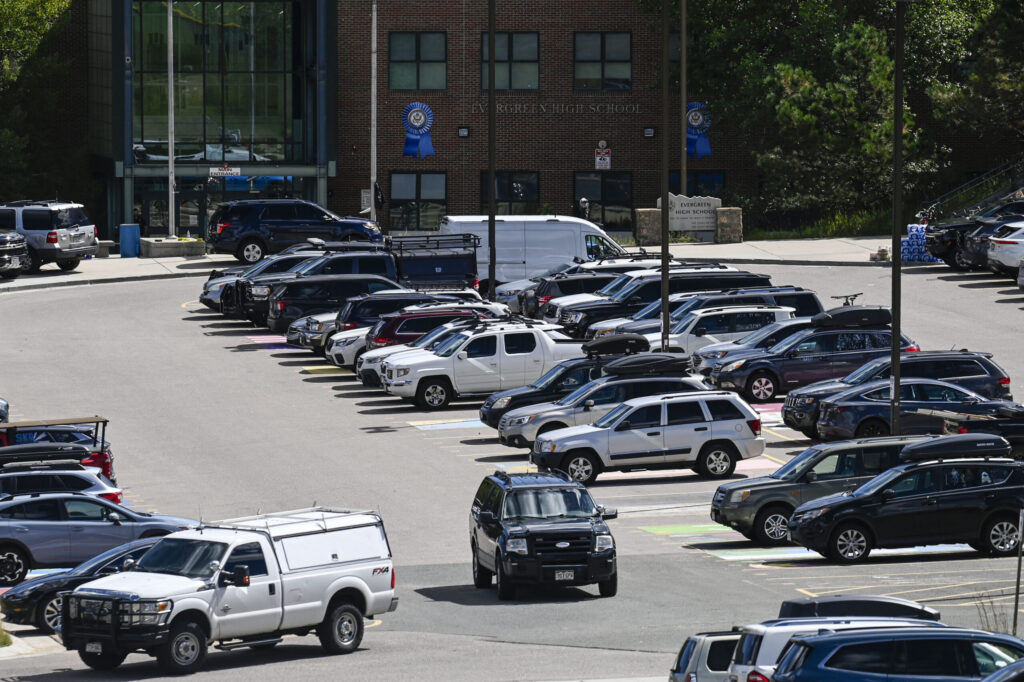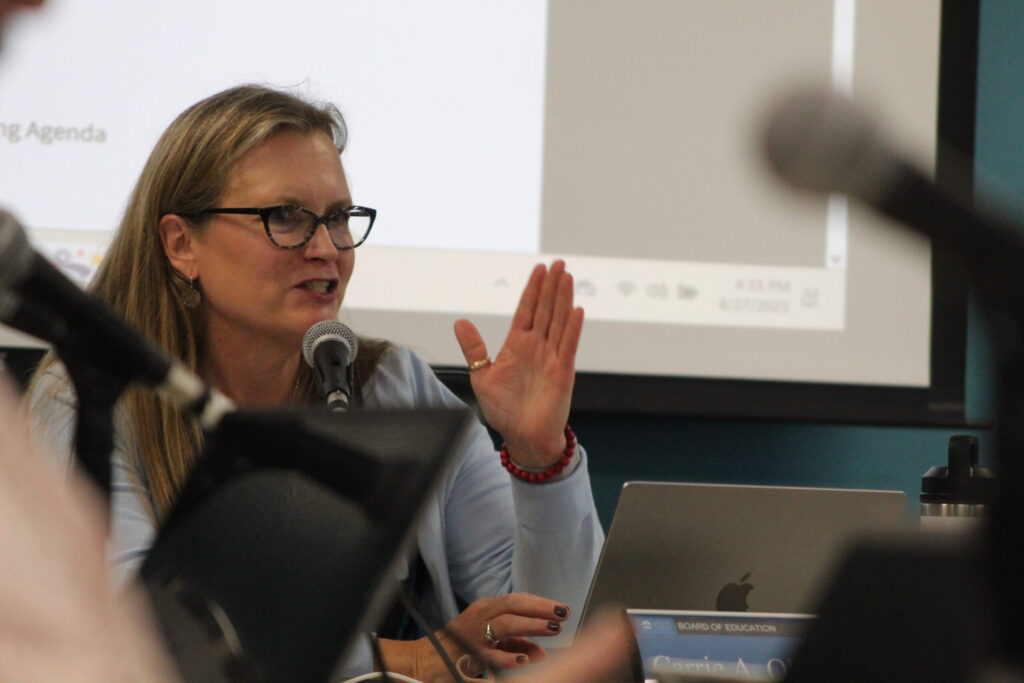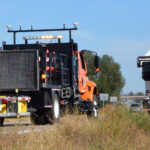DPS eyes next bond just 11 months after nearly $1 billion package approved by voters
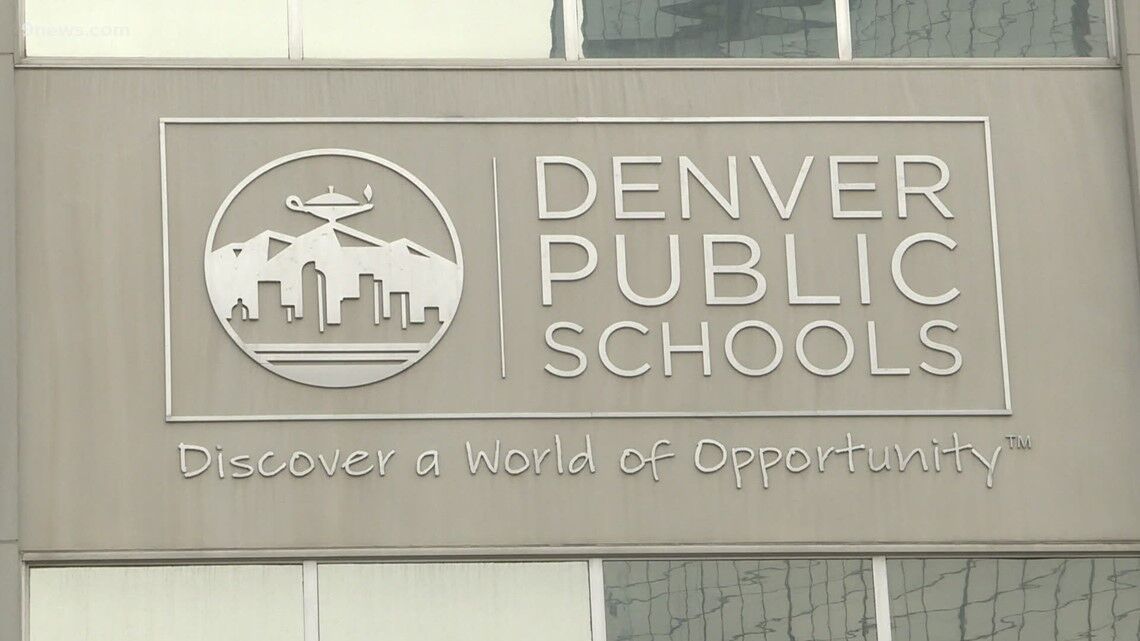
Denver Public Schools officials are already talking about the next borrowing after Denver voters just approved a nearly $1 billion bond 11 months ago.
As previously reported by The Denver Gazette, DPS has grown increasingly dependent on voter-approved borrowing to fund the district’s basic needs.
Over the past three decades, voters have approved billions in bond measures and mill levy overrides.
During the board of education’s finance and audit committee meeting Monday, a finance official discussed “refunding” $67 million in bonds to “save” Denver taxpayers money.
“It allows for the opportunity to create capacity for a future bond election without the district needing to increase the amount of money that we are paying in debt service and raising from Denver taxpayers to pay the principal and interest on the debt,” said Katie Hechavarria, the district’s executive director of finance.
In other words, DPS is reducing its debt now so it has more borrowing room later — a bit like keeping space on a credit card — without raising taxes.
The move is projected to “save” Denver taxpayers $9 million, officials said.
At least one board member appeared unclear about how the “savings” would be realized.
Director Scott Esserman asked how the move would affect the average taxpayer.
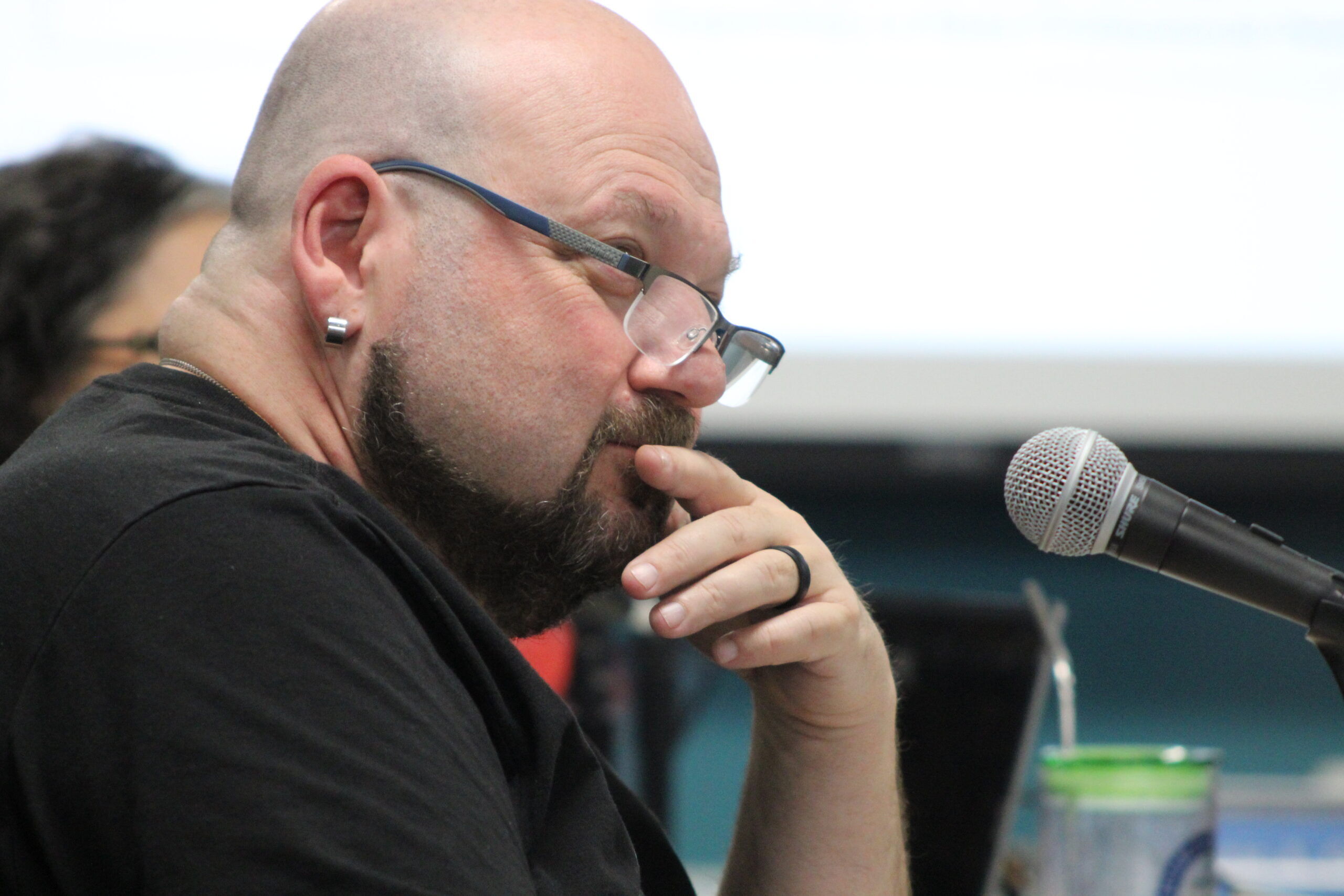
“When we say that we’re saving taxpayers money, if I, as just a random taxpayer in Denver, how will this impact me and how will I see this?” Esserman said. “My perception is that this is a down the road situation. I’m not going to see anything different on my taxes necessarily?”
Not exactly.
The “savings” comes from reducing the district’s debt, said Chuck Carpenter, the district’s chief financial officer.
A real taxpayer savings would come from voting down future bond measures.
If Denver taxpayers had rejected the $975 million bond measure in November — Carpenter has said — they could save about $20 million a year in “five or six years.” But that scenario also assumes voters reject future bond proposals — a pattern that has not held in recent decades.
Still, Carpenter called the savings “legitimate.”
‘The break-fix model is much more expensive’
Denver taxpayers have consistently passed bond measures, approving $4.3 billion to maintain the district’s aging buildings and support classroom instruction since 1988.
Under the Colorado constitution, voter approval is required to acquire public debt.
That consistent support every four years has proven critical because DPS lacks a long-term facilities plan, reflecting a pattern of a district that heavily relies on voters to fund basic needs.
Without new bond money, the district would face “hard choices,” Carpenter has said, noting, “We don’t have a revenue stream that would replace the bond right now.”
With the average building 55 years old across DPS, a significant portion of a bond is earmarked for essential repairs. More than 15% of the district’s facilities are registered historic landmarks, which suggests repairs must meet strict preservation standards.
That need for repairs is reflected in how the district spends its bond money.
For example, nearly $1 in $3 of the $975 million bond package approved last November will be used to update the district’s aging buildings.
Budget constraints often mean delayed or deferred maintenance. Over time, small problems like a leaking roof or cracked boiler pipe can become major capital expenses. Fixing a problem later typically costs more.
“From my perspective, the break-fix model is much more expensive,” Robin Pulliam, a former DPS deputy chief of staff laid off in 2022, has said.
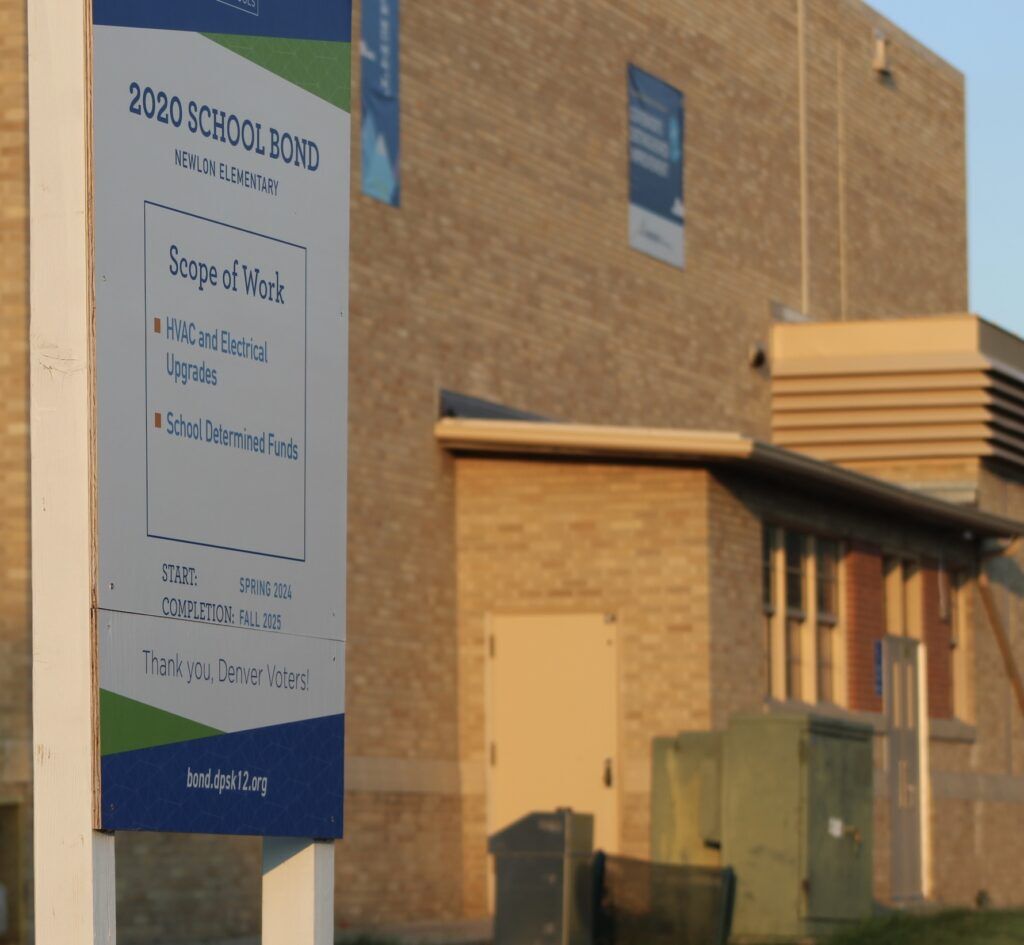
Pulliam said she tried to shift the district away from what she described as a “break-fix model” of deferred maintenance and toward a more proactive approach to its aging buildings.
“We have a consistently aging infrastructure and we don’t have a proactive budget to get out ahead of break-fix items,” Pulliam has said.
But maintenance isn’t sexy. So, district officials fill the bond with items taxpayers would vote for, such as new gymnasiums and air conditioning. The 2024 bond alone had $240 million to provide air conditioning for 29 schools, affecting more than 20,000 students.
Officials have identified $7.9 billion in rebuilding and replacement costs for all buildings across the district, according to a 2019 assessment.
To date, the district has issued $700 million of the $975 million approved in 2024, according to Scott Pribble, a district spokesperson.
The district’s use of bond money hasn’t been without controversy. In recent years, several decisions about how those dollars were spent have drawn scrutiny.
This has been underscored by a DPS promise that every school would benefit from the 2024 bond, even as officials knew they were preparing to close or restructure 10 schools — a list released only after the election.
Additionally, roughly $100,000 from the 2020 bond was used to build a new corner office for Superintendent Alex Marrero.
And, in another case, the bond money was used to pay back Certificates of Participation — a type of lease-financing arrangement the district relies on that is being challenged in court — a move that experts say state law prohibits.






